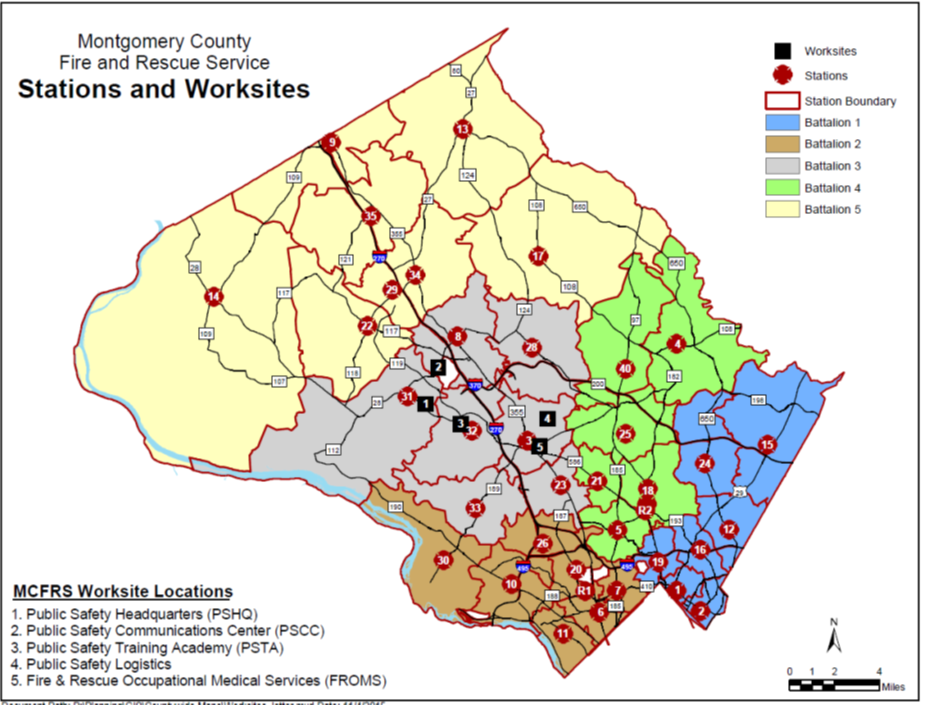Division of Operations
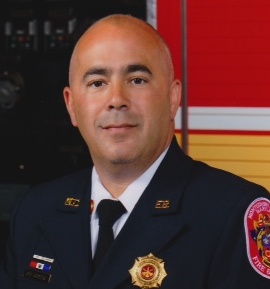
Gary Cooper
Division Chief
[email protected]
The Division of Fire and Rescue Operations consists of:
- Operations Chief Executive Office
- Duty Operations Chief's Office
- Fire and Rescue Field Operations
- Scheduling Office
- Emergency Communications Center
- Emergency Medical and Integrated Health Services
- Special Operations
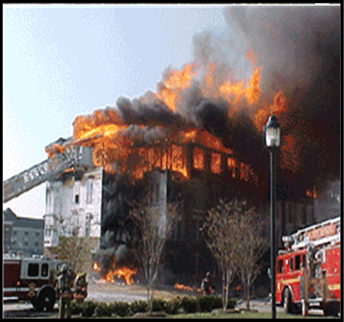
Division Chief Cooper is responsible for the personnel management and immediate direction of the career and volunteer personnel who are assigned to the 37 fire and rescue stations within Montgomery County. This division is the largest work unit within the department with the majority of the personnel working a 24/48-hour shift and the other personnel working a 40-hour day-work schedule.
The Chief of the Division of Fire and Rescue Operations is established by County Code, Section 21-3 (c):
“The Chief of the Division of Fire and Rescue Operations is a merit position... The Division Chief has operational authority over fire, rescue, and emergency medical services activities of the Fire and Rescue Service, including the local fire and rescue departments, as assigned by the Fire Chief. The Division Chief must promote the integration of the activities of volunteer and career firefighters and rescuers.”
Top Priorities of the Division of Fire and Rescue Operations
- To ensure compliance with the department policy and procedures
- To improve safety and efficiency on the incident scene
- To improve communications within the Division of Operations and with other Fire/Rescue & EMIHS personnel
- To build a stronger team within the division
Operations Division Chief’s Executive Office Staff
(240) 777-2250
[email protected]
- Executive Officer - Assistant Chief Chase Fabrizio
- Staffing Battalion Chief - Battalion Chief Dominic Colletti
Duty Operations Chiefs’ (DOC) Office
(240) 773-0660
[email protected]
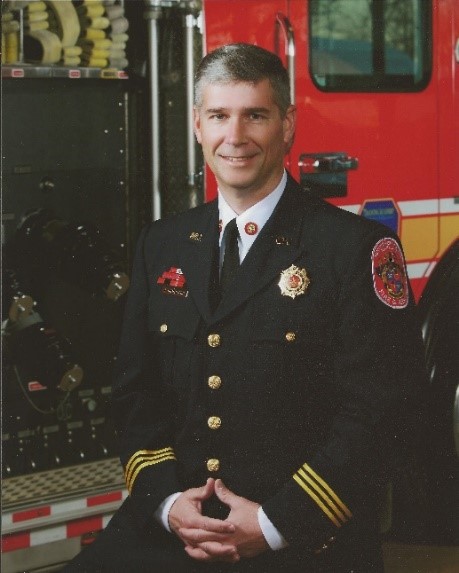
A-Shift
Assistant Chief
John Dimitriadis
B-Shift
Assistant Chief
Daniel Ogren
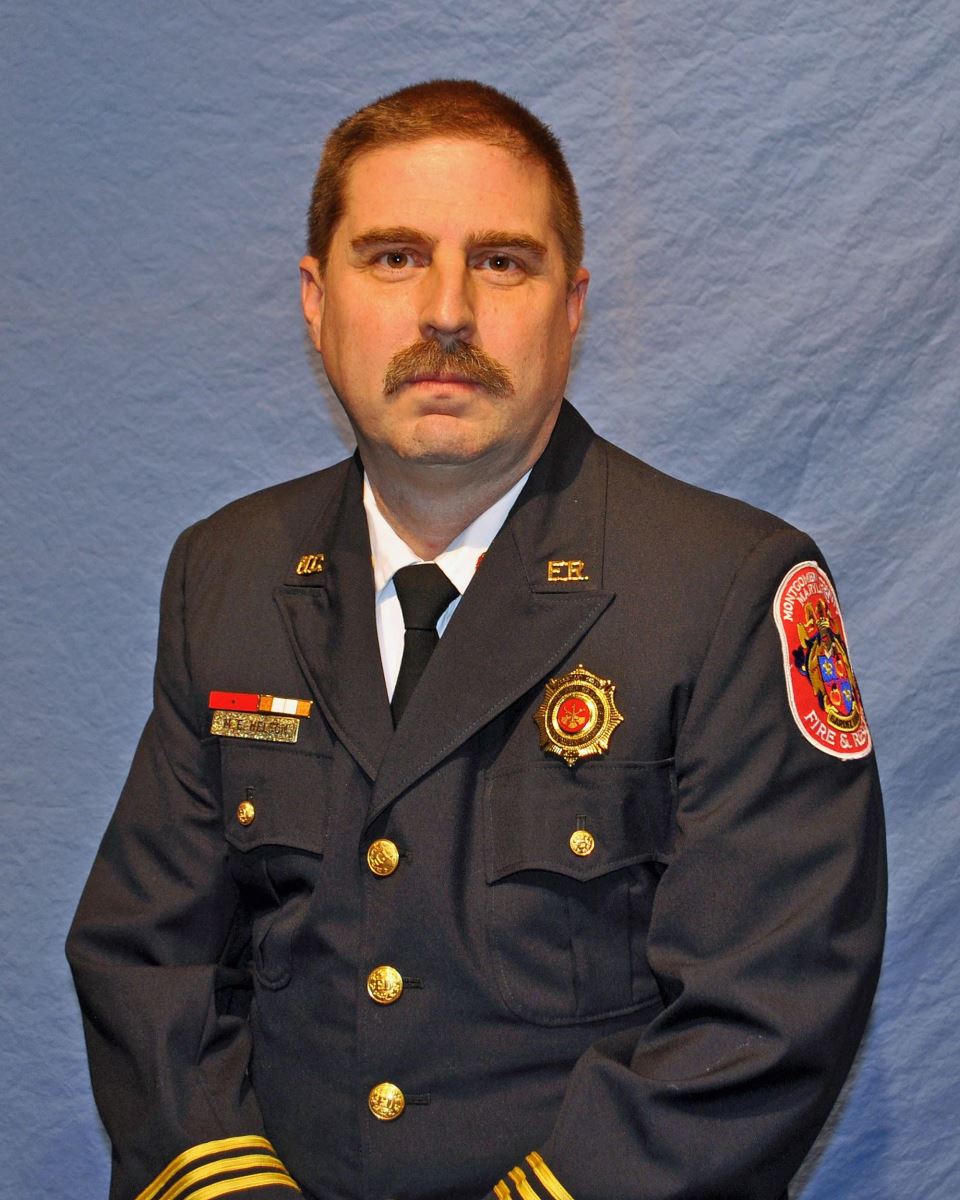
C-Shift
Assistant Chief
Michael Nelson
Executive Officer – DOC R
Assistant Chief
Chase Fabrizio
The Duty Operations Chief is the highest ranking rostered operational authority for the fire department and is responsible for managing the five battalions and 37 fire and rescue stations and 308 on-duty uniformed personnel.
Responsibilities of the Duty Operations Chief's Office
- The Duty Operations Chief is the highest ranking rostered operational authority for the fire department and is responsible for managing the five battalions and 37 fire and rescue stations and 308 on-duty uniformed personnel.
- Acts as an agent of the Division Chief of Fire and Rescue Operations to ensure compliance with department policy and procedures, improve safety and efficiency on the incident scene and to build a stronger team within the division,
- Provides command level administration and management directing the provision of fire, rescue and emergency medical and integrated health services (EMIHS),
- Has direct contact with higher level fire/rescue personnel and County officials,
- Manages day-to-day critical projects in all aspects of operations, staffing and service delivery, concentrating on daily strategic personnel and apparatus deployments,
- Oversees the operation of the department, directly supervising the five Battalion Chiefs while managing countywide apparatus and personnel resources,
- Provides liaison and communication between senior operations management and field operations, assuring consistent and uniform application of County policies and procedures,
- Responds to and takes command of major fire/rescue incidents and other emergency service calls ensuring safe, effective, and efficient mitigation,
- Ensures cooperation and partnership with surrounding jurisdictions on incidents and with training, and
- Acts as liaison and confers with officials of Federal, State, County and private organizations on fire/rescue matters as required.
Fire & Rescue Field Operations
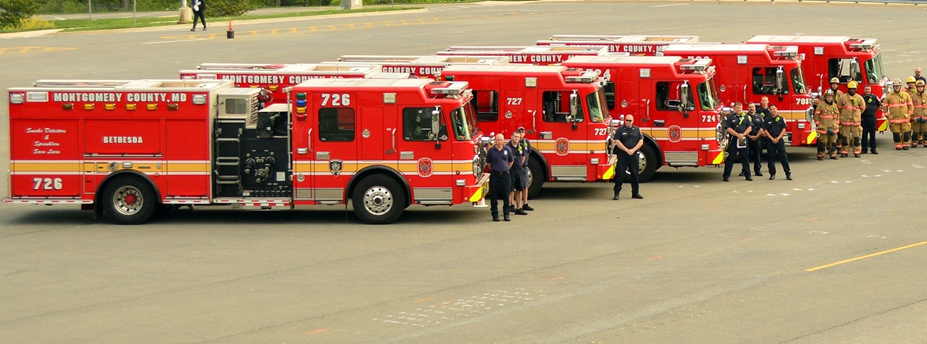

Daily Command Staff
- 1 Duty Operations Chief
- 5 Battalion Chiefs
- 3 EMIHS Duty Officers
- 1 Safety Officer
- 2 Fire & Explosives Investigators
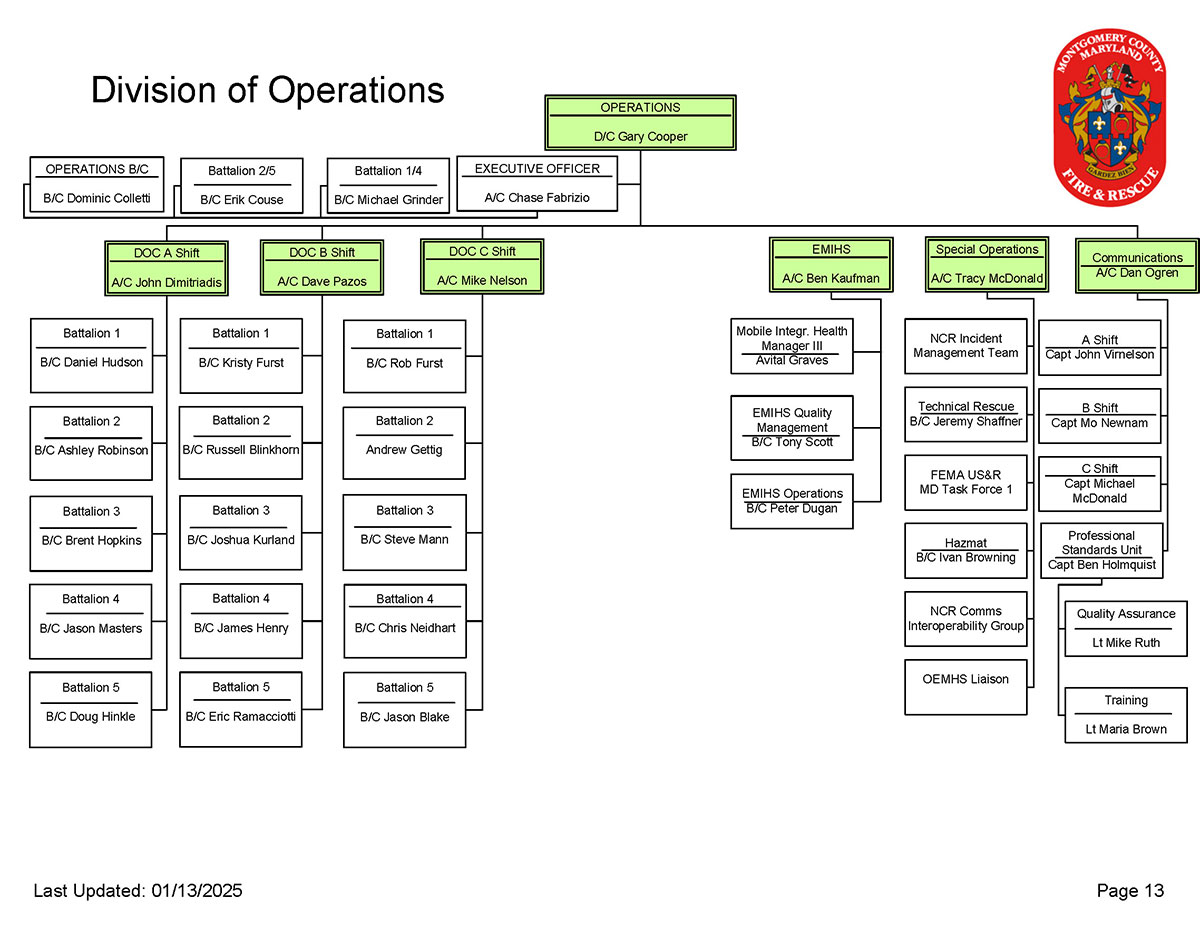
Front Line Fleet
- 35 Paramedic Engines
- 15 Aerials
- 6 Rescue Squads
- 30 Ambulances
- 11 Medic Units
- 4 ALS chase cars
- 8 Tankers (Tenders)
Support Fleet
- 4 Brush Engines
- 13 Brush Trucks
- 10 Operations Boats
- 3 Swift Water Rescue Teams
- 7 Utility Type Vehicles
- 2 Hazmat Units
- 2 Hazardous Materials Decontamination Units
- 2 Medical Ambulance Buses
- 2 Medical Care Support Units
- 2 Technical Rescue Vehicle
- 2 Mobile Air Units
- 2 Mobile Command Units
